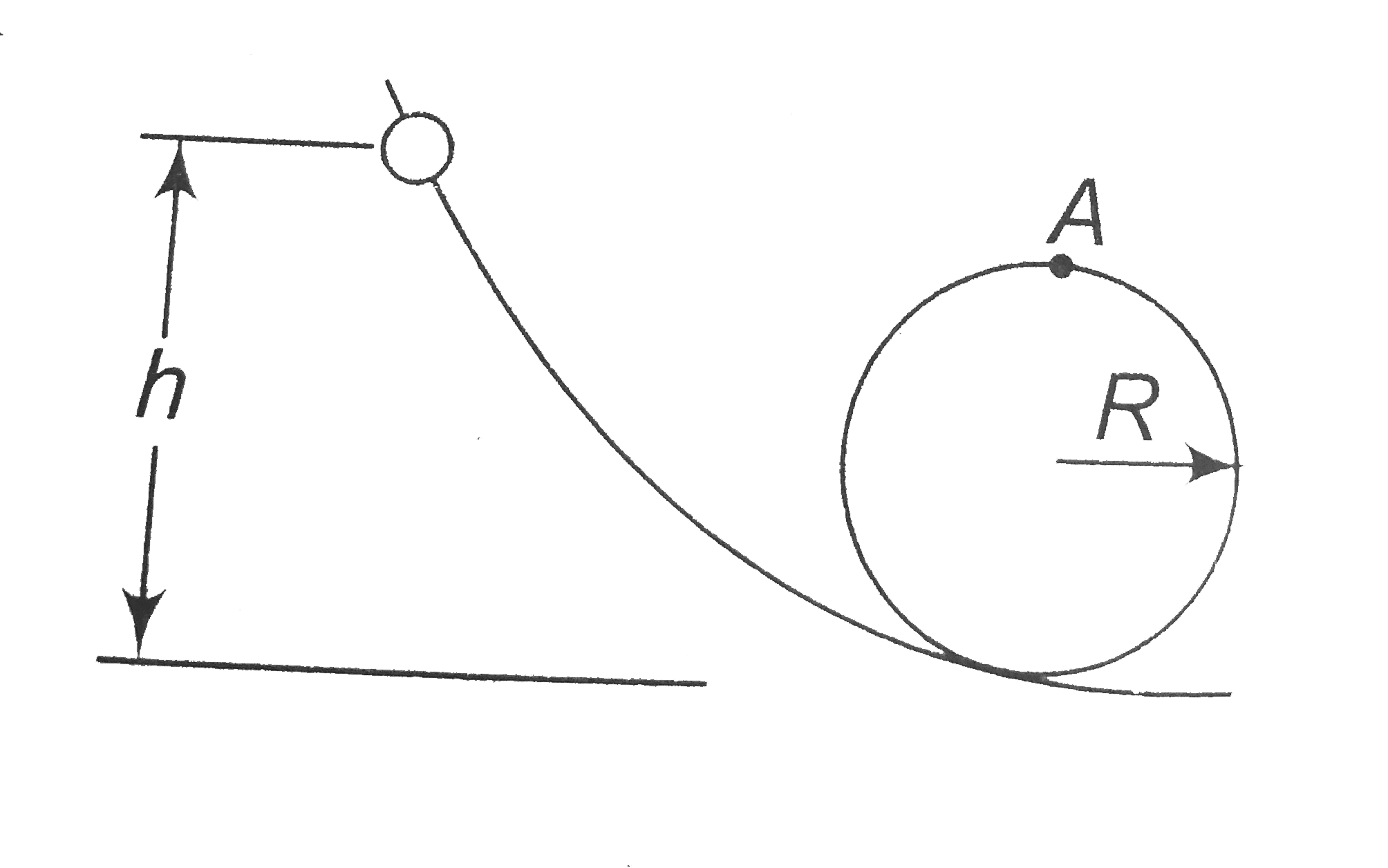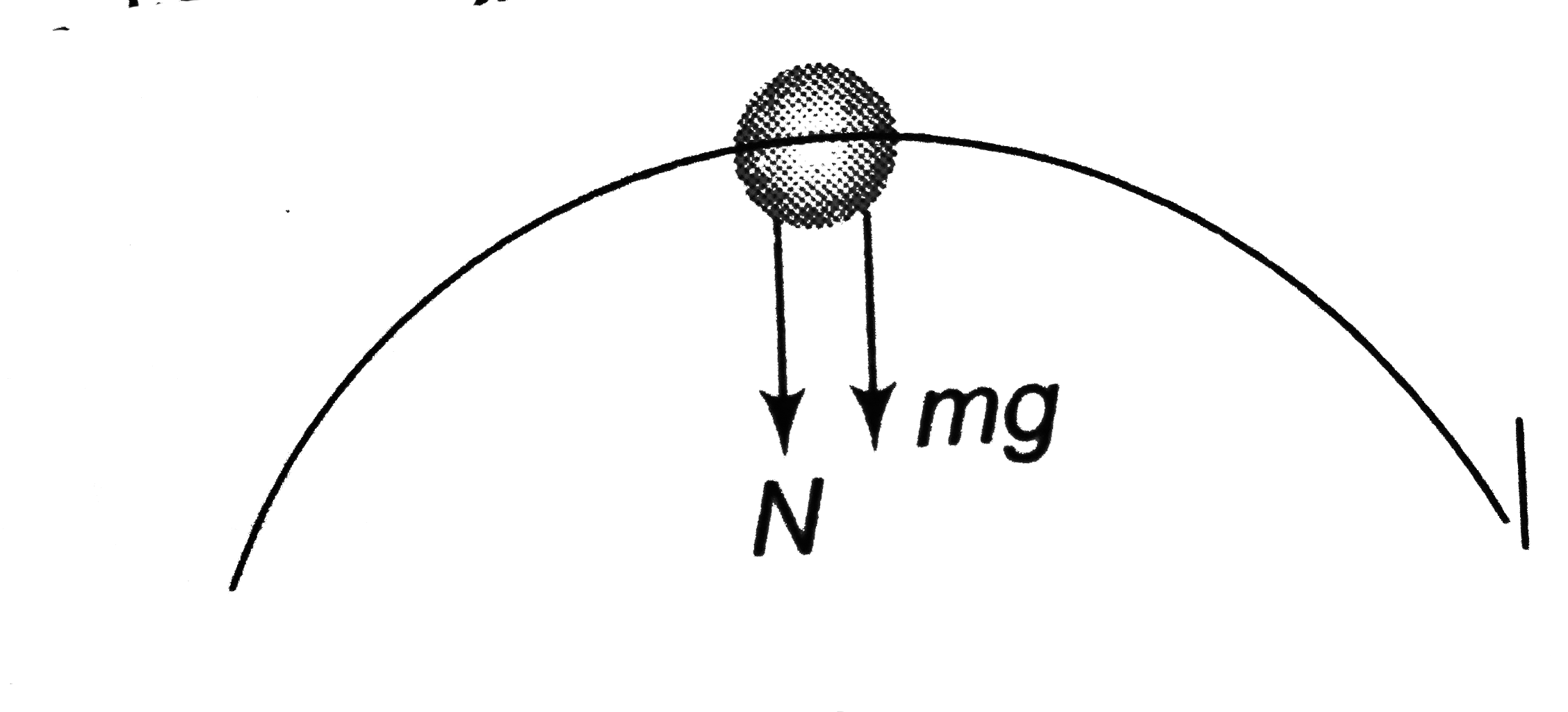A
B
C
D
Text Solution
Verified by Experts
The correct Answer is:
|
Topper's Solved these Questions
WORK, ENERGY, POWER AND COLLISION
A2Z|Exercise Collision|31 VideosView PlaylistWORK, ENERGY, POWER AND COLLISION
A2Z|Exercise Problems Based On Mixed Concepts|32 VideosView PlaylistWORK, ENERGY, POWER AND COLLISION
A2Z|Exercise Mechanical Power|25 VideosView PlaylistWAVES AND ACOUSTICS
A2Z|Exercise Chapter Test|30 VideosView Playlist
Similar Questions
Explore conceptually related problems
Knowledge Check
A
B
C
D
Submit
A
B
C
D
Submit
A
B
C
D
Submit
Similar Questions
Explore conceptually related problems
A2Z-WORK, ENERGY, POWER AND COLLISION-Circular Motion In Vertical Plane
- A stone is fastened to one end of a string and is whirled in a vertica...
01:34
|
Play - What minimum horizontal speed should be given to the bob of a simple p...
05:31
|
Play - A stone of mass 1 kg tied to a light inextensible string of lenth L=(...
05:43
|
Play - A weightless rod of length 2l carries two equal masses 'm', one tied a...
07:00
|
Play - A particle is rotated in a vertical circle by connecting it to a strin...
05:54
|
Play - A partical originally at rest at the highest point of a smooth vertica...
06:42
|
Play - A small block slides with velocity 0.5sqrt(gr) on the horizontal frict...
04:43
|
Play - A practical moves from rest at A on the surface of a smooth circular c...
07:21
|
Play - In the given system, when the ball of mass m is released, it will swin...
07:50
|
Play - A pendulum bob has a speed 3m/s while passing through its lowest posit...
04:45
|
Play - A heavy particle hanging from a fixed point by a light inextensible st...
05:34
|
Play - The kinetic energy of partical moving along a circule of radius R depe...
00:55
|
Play - With what minimum speed v must a small ball should be pushed inside a ...
01:27
|
Play - A particle of mass m is released from a height H on a smooth curved su...
05:52
|
Play - A particle of mass m oscillates along the horizontal diameter AB insi...
04:32
|
Play - A head slide without friction around a loop the (figure). The bead sli...
02:45
|
Playing Now - A light , right rod is 40.0 cm long.Its top end is pivoted on a fricti...
01:51
|
Play - A pendulum comprising a light string of length L and small sphere, swi...
02:11
|
Play - A ball whirls around in a vertical circle at the end of a string . The...
01:42
|
Play - A partical is moving in the vertical plane . It is attached at one end...
01:19
|
Play

